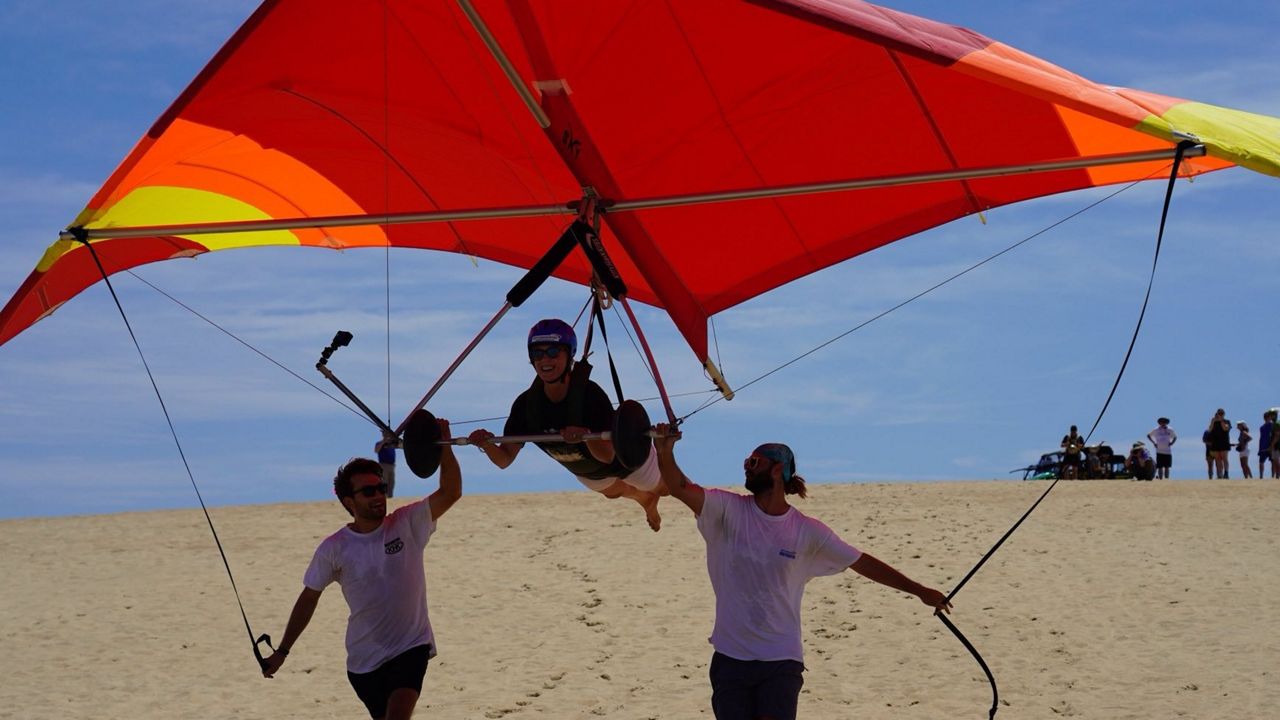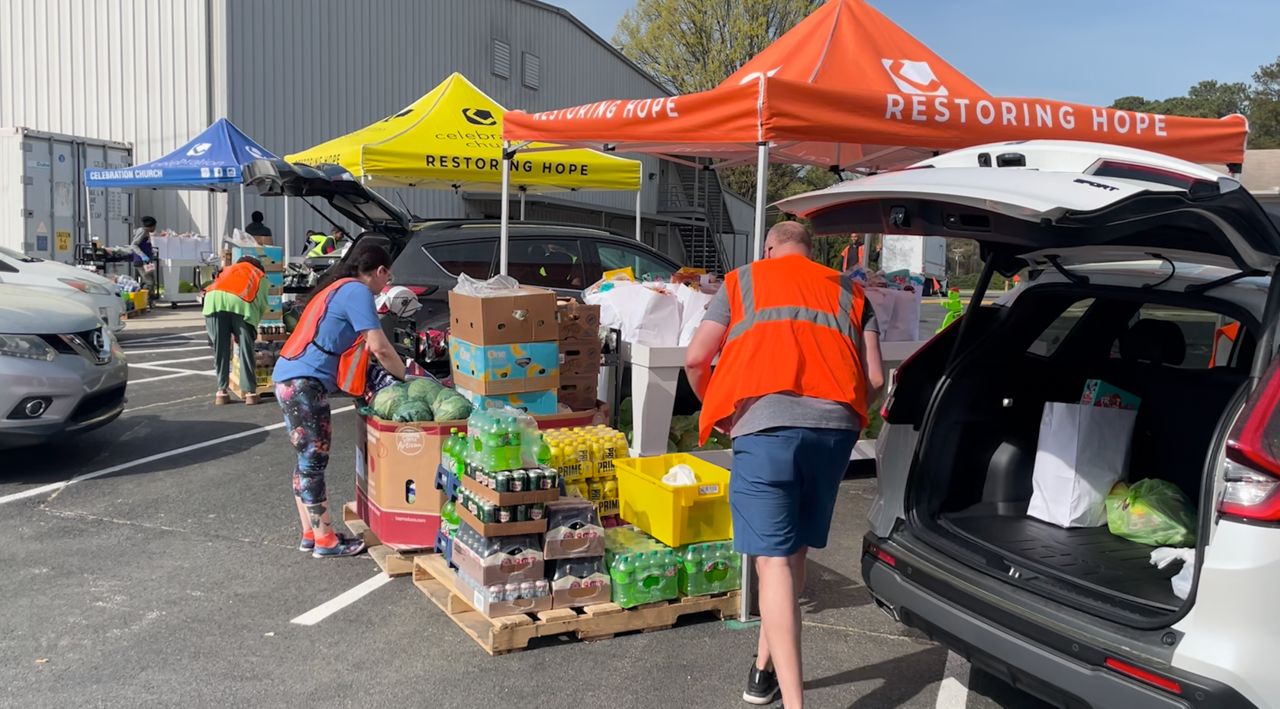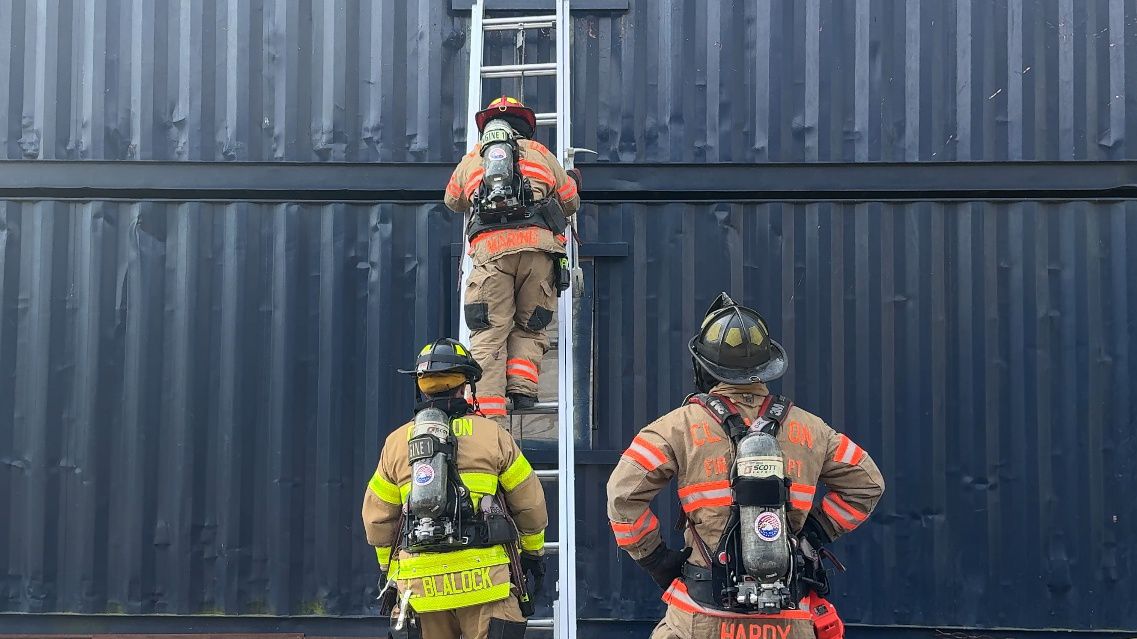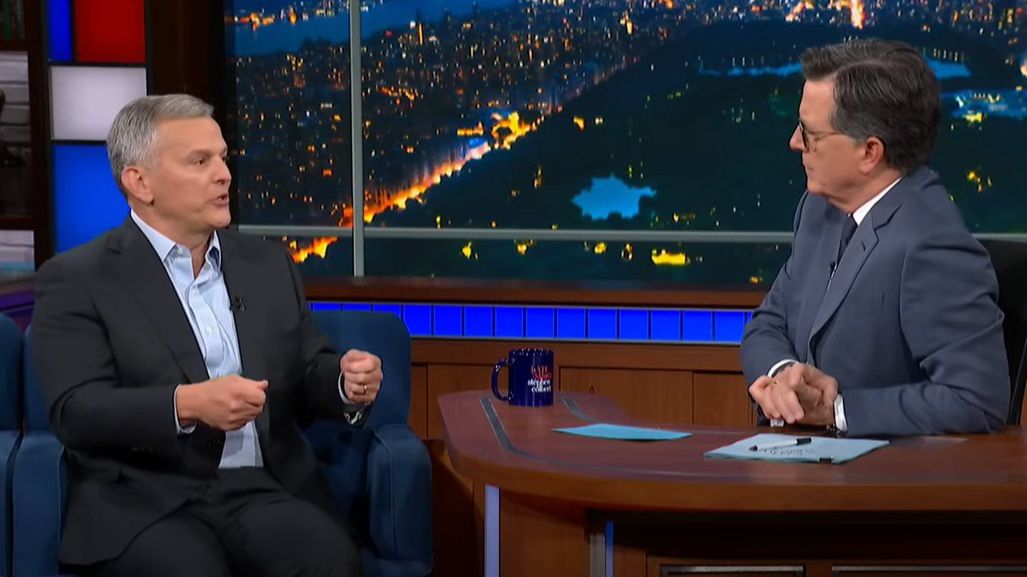GREENSBORO, N.C. — A peaceful protest against Jim Crow laws marks its 64th anniversary Thursday.
What You Need To Know
- Black N.C. A&T students sat at the Woolworth counter for 167 days waiting to be served to protest the business' segregationist policies
- It started with four students and quickly grew
- Many of the peaceful protesters were arrested for trespassing, disorderly conduct or disturbing the peace
- The International Civil Right Center and Museum now houses the Woolworth counter
In 1960, African American students began a civil rights protest at a segregated Woolworth lunch counter in Greensboro, North Carolina, according to History.com.
The Greensboro Four, consisting of Ezell Blair Jr., David Richmond, Franklin McCain and Joseph McNeil, started it. All four were students at North Carolina Agriculture and Technical College.
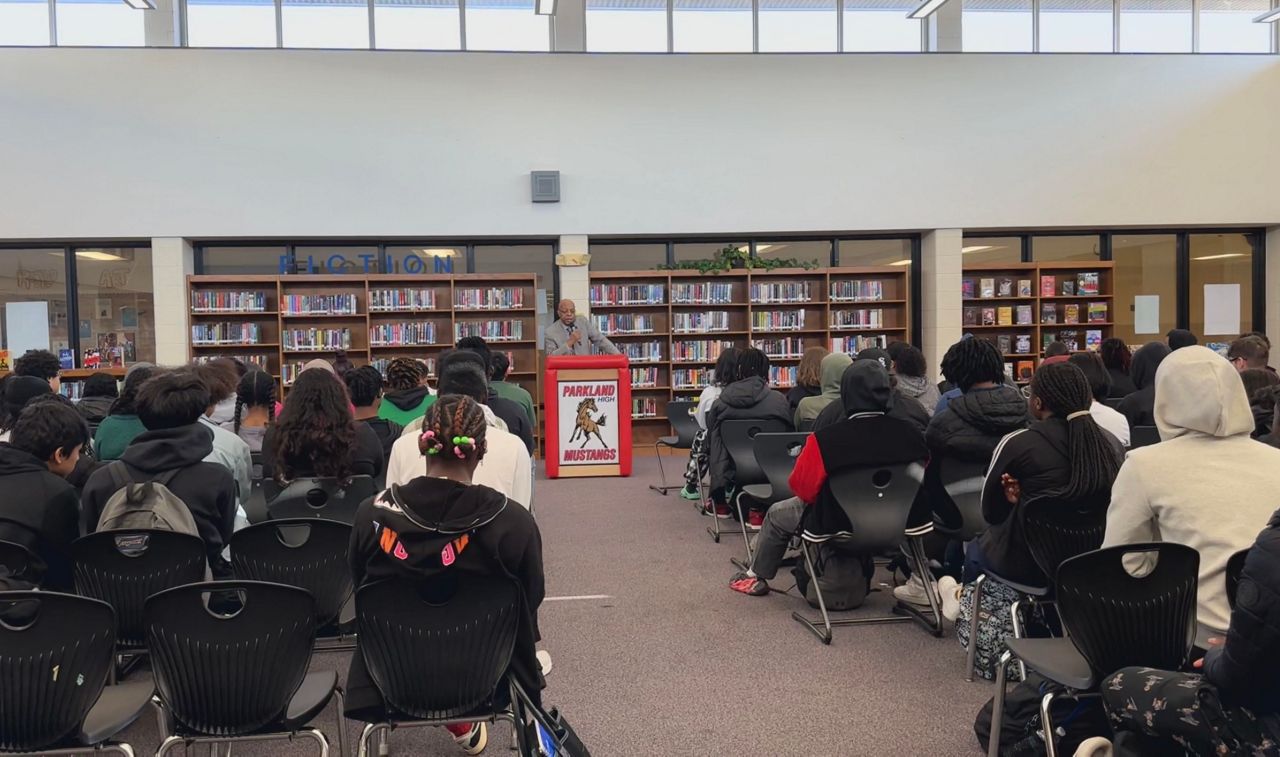
Clarence Henderson was one of the students who joined the peaceful protest on the second day, Feb. 2, after he was recruited by one of the original four.
“Back during this time, that meant that Blacks could not eat at the lunch counter at a Woolworth's," he said. "We could order food to go, but we couldn't sit down and eat. And this was in public facilities. Blacks were not able to mingle and be with whites."
Henderson spoke Thursday morning to students and staff at Parkland High School in Winston-Salem about the sit-in and the struggle for civil rights in the 1960s.
“I answered the call to fight for liberty and justice for all. That is a responsibility that we have,” Henderson said. “This changed my life forever because I did not know how I was going to come out, whether in a vertical position in handcuffs, going to jail or in a prone position, going to the hospital or even the morgue.”
College towns across the South quickly adopted the sit-in movement, according to History.com.
The sit-in at Woolworth lasted 167 days, until African Americans could eat at the counter.
“You have to be willing to pay the price. See, there's a price for freedom and must be paid in full," Henderson said. "It must be paid up front. Freedom is not free."
Protesters faced arrest for different offenses. They ended up making a big impact, though, compelling Woolworth and other establishments to amend their segregationist policies, the website states.
The Greensboro sit-in, through its use of nonviolent protest, is considered a turning point in both Black and American history.
Hearing the civil rights activist speak Thursday was invaluable for students, said Amelia Smith, Parkland High's parent engagement coordinator.
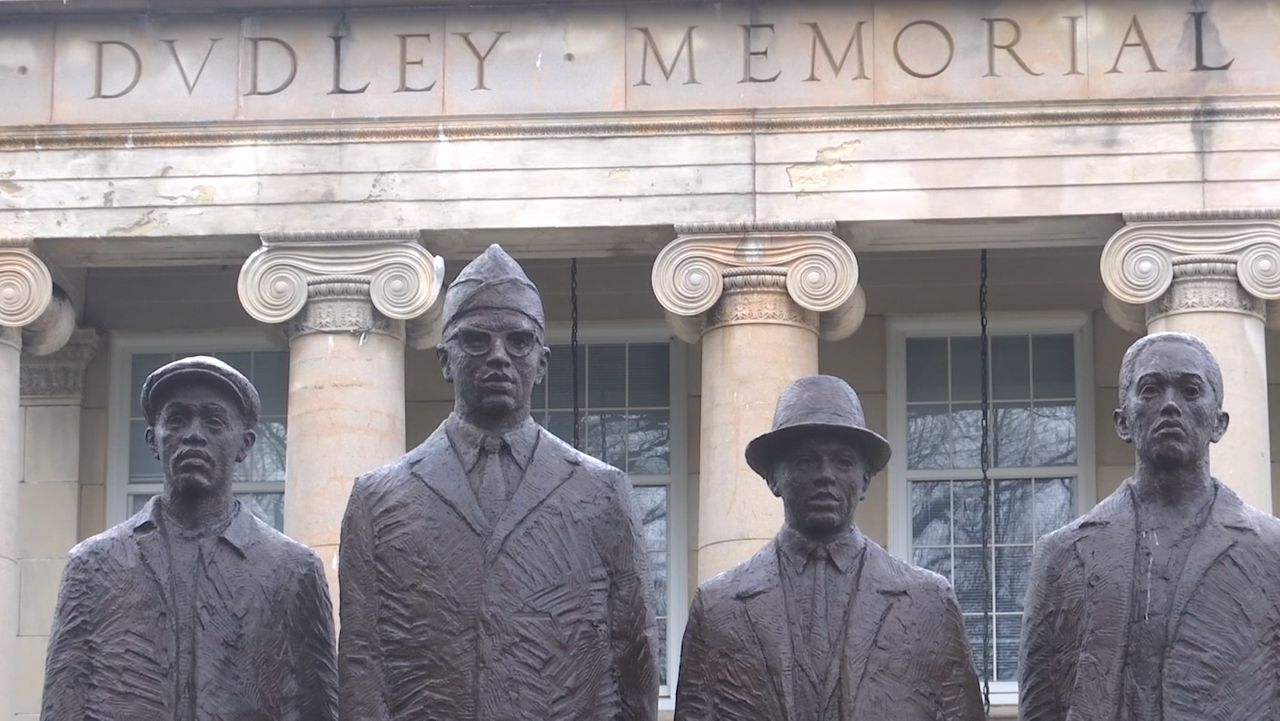
“They could ask him what did it feel like? What did it look like?" Smith said. "You know what? What prompted you? Those things you can't ask the textbook. We can't access a newspaper article, but we can ask Mr. Henderson."
Students said Henderson's message resonated with them.
“Making your life your own, not letting anyone tell you what you can or can't do with your life and just deciding what you want to do and if you want to make a difference or not,” said Zoey Gray, an 11th-grader at the school.
Henderson is one of the last living participants of the sit-ins that spread across the country and said the original four picked Woolworth as it was a chain. He has been given numerous awards and recognition for his part in the protest and has started the Clarence Henderson Education Foundation.
“And I see it as being a part of what changed America. And I did it because it was the right thing to do and not because of the notoriety that might come about,” Henderson said.
He speaks at other schools, aiming to inspire the next generation to stand up for what they believe in.
The International Civil Rights Center and Museum has since taken over the former Woolworth building in Greensboro. Visitors can see the counter where the sit-in happened, along with other exhibits from the movement.





